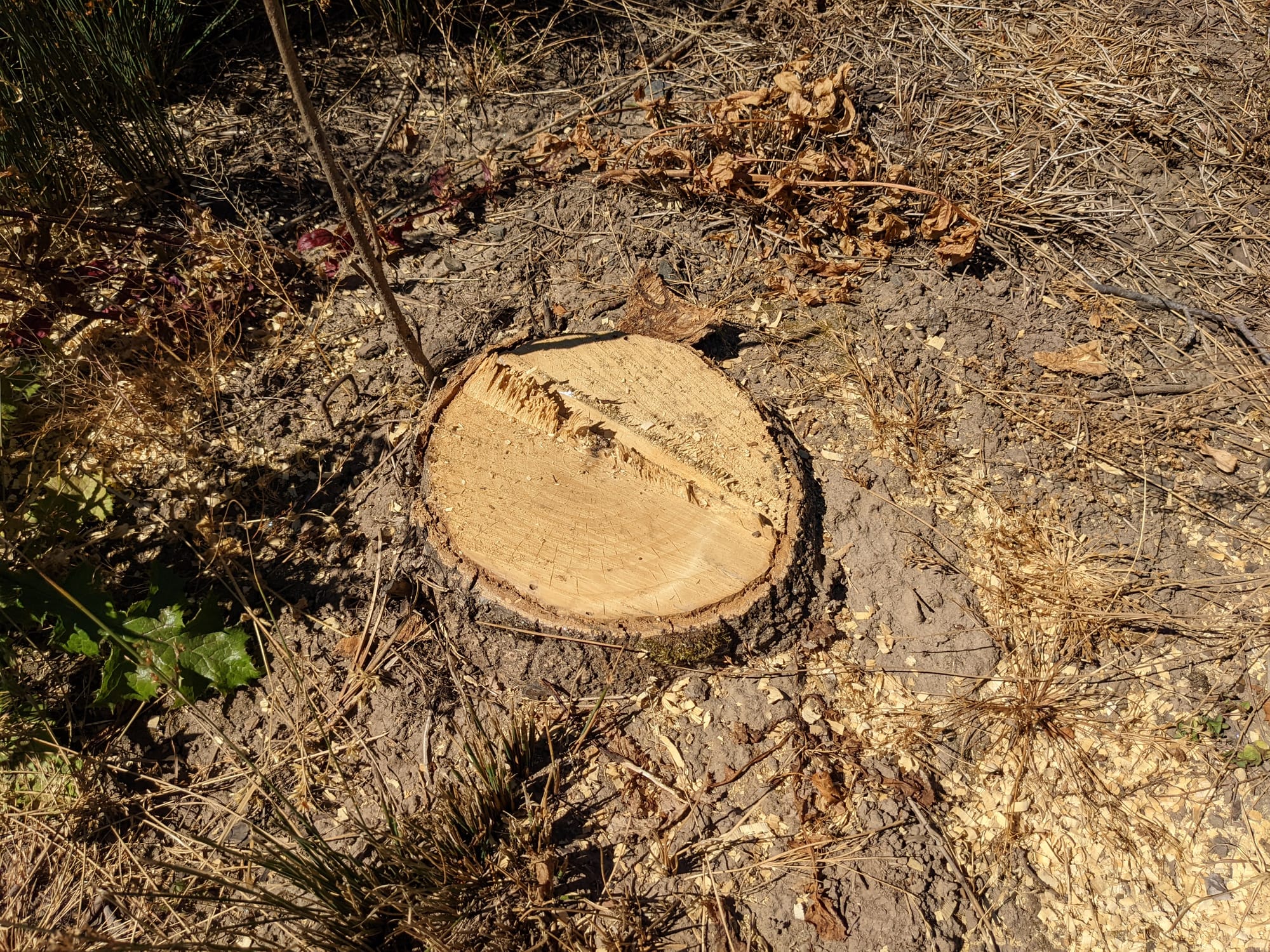A pest that has destroyed over 10 million ash trees across the eastern United States is expected to reach its peak emergence in Oregon this month.
The emerald ash borer (EAB), a “small, metallic-green beetle native to eastern Asia,” is expected to appear in large quantities throughout the month of July, according to a press release from the Oregon Department of Forestry (ODF). The EAB was first discovered in the United States in Michigan in 2002 and has “since killed tens of millions of ash trees across the eastern United States, with death rates of 99 percent or higher,” according to the ODF.
The EAB is now known to be in Washington County in the Forest Grove and Cornelius areas, according to ODF EAB Specialist Matt Mills.
“The half-inch beetle is often challenging to detect, especially in newly infested trees,” said Mills.
It was first found on June 30, 2022 in Forest Grove in ash trees that once grew in dividers between parking spaces at Joseph Gale Elementary School, an Oregon Department of Forestry spokesperson told this newspaper in an email.
The Forest Grove School District quickly removed all sixteen ash trees in the parking lot once alerted to the infestation.
“Any ash tree can be infested, including native Oregon ash as well as non-native street, park and yard trees. Signs of infestation include thinning and yellowing leaves, bark splitting, D-shaped holes in the tree bark, and basal shoots,” said ODF EAB Specialist Kat Bethea.

Mills says that there is an effective insecticide for people wanting to protect their ash trees from becoming infested.
“There is an effective insecticide that can be injected at the base of the tree’s trunk,” according to a press release from the ODF.
“It gets taken up into the tree canopy and is quite effective at protecting the tree from both adults and larvae,” said Mills.
Mills says that the ODF has also partnered with the United States Department of Agriculture Animal Plant Health Inspection Service to create traps for these pests.
“ODF, in collaboration with the USDA Animal Plant Health Inspection Service, made sticky purple traps available to select landowners, primarily in the Willamette Valley. Those traps contain a lure and are checked every couple of weeks during the summer when adult EAB are flying,” said Mills.
Anyone who believes they have seen an EAB should report it online at https://oregoninvasiveshotline.org/reports/create call it in to 1-866-INVADER.
“If you can capture the insect in a jar or other container that’s ideal, but at least try and take a clear, close-up photo. This helps us identify the insect in question much more easily,” Bethea said.
To learn more about the EAB, visit OregonEAB.com.










